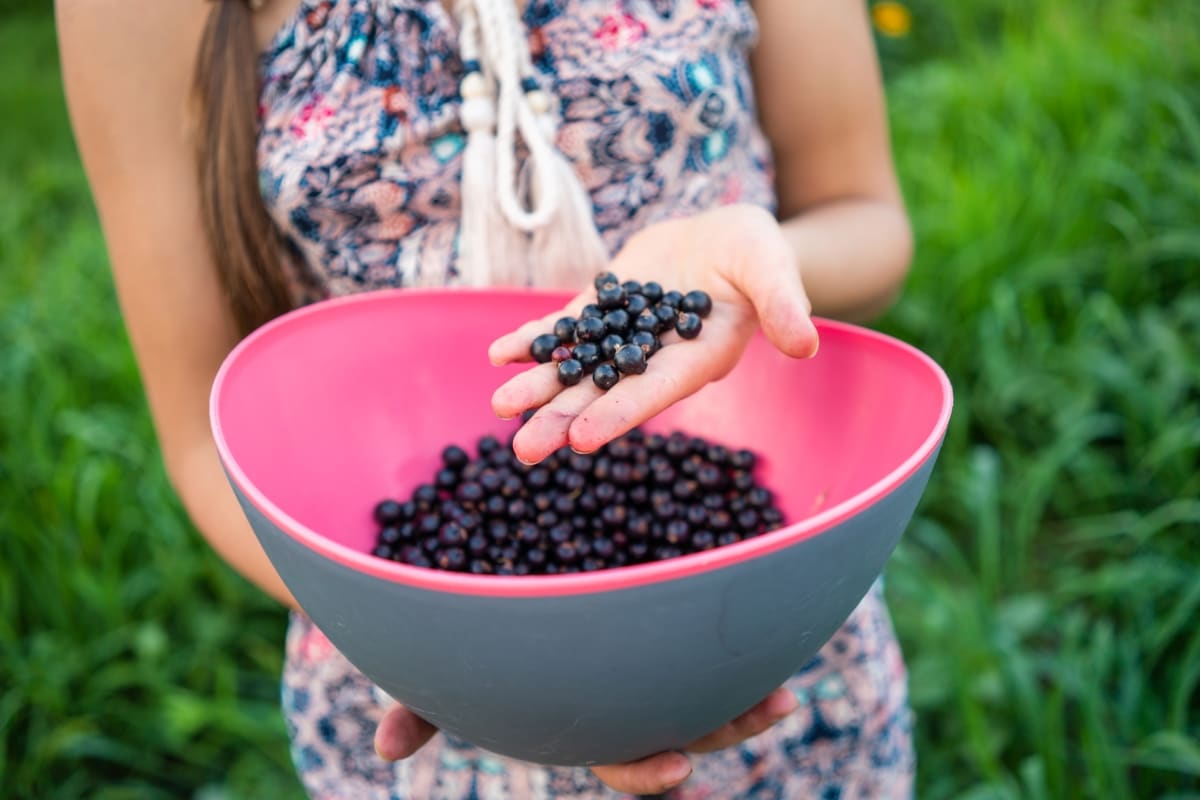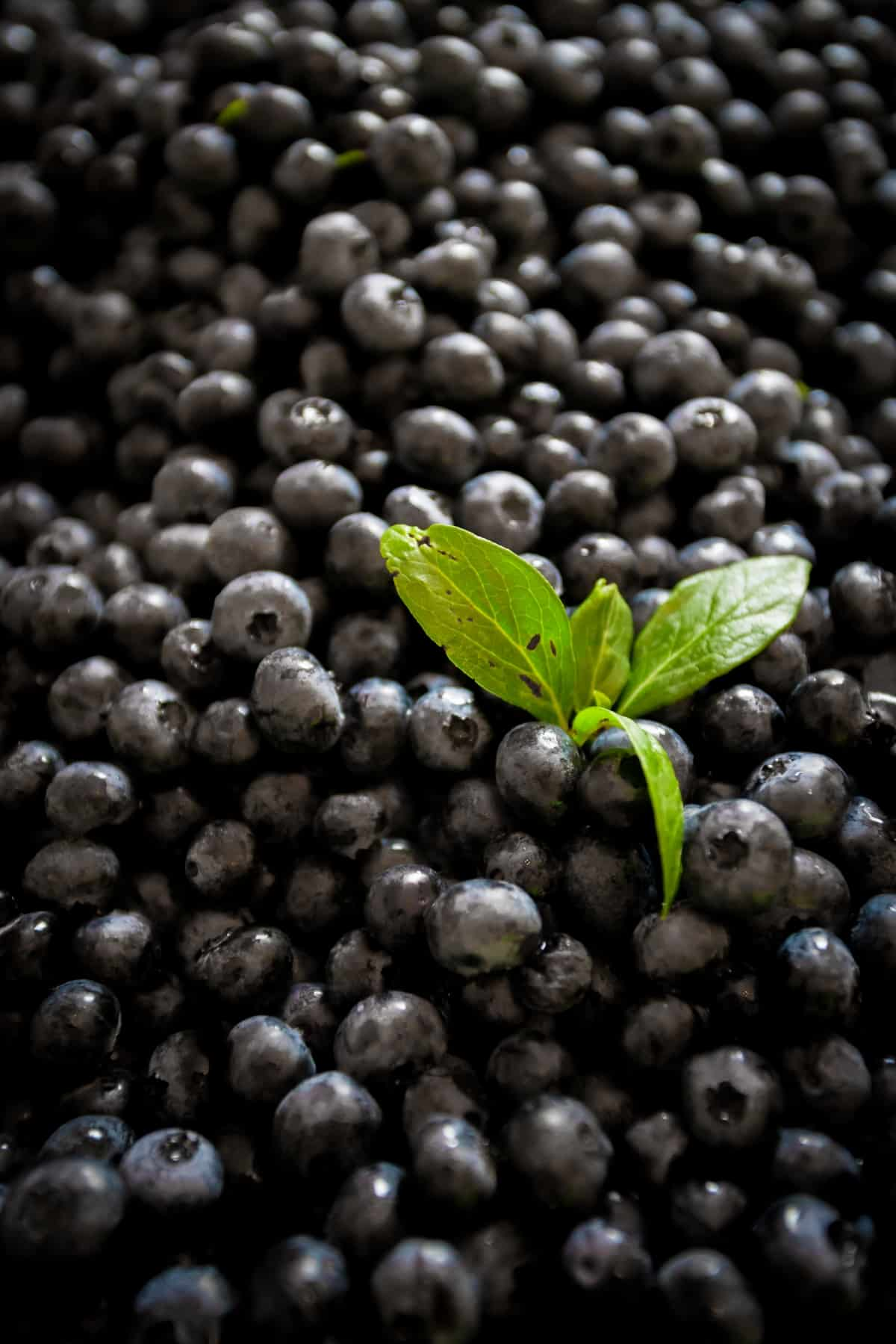Growing Acai Berry trees can be a rewarding experience for any gardener. With their delicious and nutritious Berries, these trees not only add beauty to your garden but also provide you with a superfood right at your fingertips. By following the propagation, planting, and care tips, you can successfully cultivate healthy Acai Berry trees and enjoy their benefits for years to come.

How to Grow Acai Berry
Introduction to Acai Berries
Understanding Acai Berry Trees
When it comes to understanding Acai Berry trees, it’s important to note that they grow well in warm and humid climates with sufficient rainfall. They require well-drained soil and prefer partial shade to full sun exposure. When it comes to Acai Berry tree size and growth, it can grow up to 60 feet tall and produce clusters of small purple Berries.
Health Benefits of Acai Berries
Acai Berries have gained popularity worldwide because of their antioxidant-rich properties. From boosting heart health to improving digestion, these little gems offer a myriad of health benefits. When it comes to Acai Berry’s health benefits, these are packed with vitamins, minerals, and essential fatty acids, and Acai Berries are nature’s gift to your well-being.
Choosing the Right Location
Climate Requirements for Acai Berries
When it comes to Acai Berry tree climate requirements, choosing the right location is key. Acai Berries thrive in tropical climates with high humidity and plenty of rainfall. Make sure your chosen spot receives ample sunlight throughout the day for optimal growth.
Soil Type and Site Selection
When it comes to Acai Berry soil preferences, a well-draining sandy loam soil rich in organic matter is ideal for Acai trees. Avoid waterlogged or compacted soils that can stunt their growth and development. Site selection is the key factor in the success of your Acai Berry cultivation efforts. Look for an area sheltered from strong winds to protect the delicate foliage of the trees. Consider planting them near other fruit-bearing plants to promote cross-pollination and enhance overall fruit production.
Planting Acai Berry Trees
Optimal Planting Season
When it comes to planting Acai Berry trees, timing is key. The optimal planting season for Acai Berries is during the warmer months when the soil is well-drained and temperatures are consistently above 16°C.
Step-by-Step Planting Process
Before diving into the planting process, make sure to choose a sunny spot with fertile soil that has good drainage. Prepare the soil by loosening it up and incorporating organic matter to promote healthy root development. Dig a hole deeper than the root ball of your Acai Berry tree. Gently remove the plant from its container and place it in the center of the hole, making sure it sits at ground level. Backfill with soil and water thoroughly to help settle the roots.
Mulch the tree to retain moisture and suppress weeds. Remember to keep an eye on watering needs, especially during dry spells, ensuring consistent moisture levels for optimal growth. With patience and proper care, your newly planted Acai Berry tree will establish itself and thrive in its new home.
Watering and Humidity
Establishing a Watering Schedule
Watering the Acai Berry tree is like giving it a refreshing drink on a warm day. Establishing watering schedules is key to keeping these tropical beauties happy and healthy. A balance of moist, well-drained soil is ideal for optimal growth.
Importance of Humidity for Acai Trees
Acai Berry trees thrive in high humidity levels, so if you live in drier climates, consider using misters or humidifiers to create the perfect atmosphere for your plants. During the growing season, check the soil moisture regularly and water deeply when needed.
Fertilizing Your Acai Berry Tree
When and How to Fertilize
Fertilizing the Acai Berry tree is crucial for its growth and fruit production. In general, you should aim to fertilize your Acai tree at the beginning of the growing season, typically in early spring. This will provide the necessary nutrients for healthy development.
Recommended Fertilizer Types
When choosing a fertilizer, opt for a balanced formula specifically designed for fruit-bearing plants. Look for organic options that are rich in nitrogen, phosphorus, and potassium. These essential nutrients support overall plant health and encourage robust fruit production. To apply the fertilizer effectively, follow the instructions on the product packaging carefully.
Remember that moderation is key when fertilizing – less is often more when done correctly. Regularly monitoring your Acai tree’s growth and observing any signs of nutrient deficiency can help you adjust your fertilization schedule accordingly.
Pruning and Maintenance
Pruning Techniques for Healthy Growth
Pruning Acai Berry trees is essential for promoting healthy growth and ensuring optimal fruit production. Start by removing any dead branches to prevent the spread of infections. Trim back excessive growth to maintain a manageable size and shape.
Regular Maintenance Tips
When pruning Acai Berry trees, make clean cuts to encourage new growth. Regularly inspect your tree for pests or disease signs, addressing them promptly to prevent further damage. Maintaining your Acai Berry tree involves regular watering, especially during dry periods, and providing adequate nutrients through fertilization.
In case you missed it: Ultimate Guide to Growing Aronia Berries: Tips, Tricks, and Best Practices

Keep an eye on humidity levels as these trees thrive in humid environments. By implementing proper pruning techniques and consistent maintenance practices, you can enjoy a thriving Acai Berry tree that yields delicious Berries year after year.
Pest and Disease Management
Common Pests and Diseases
Pest and disease management is crucial when growing Acai Berry trees. When it comes to Acai Berry pests and Diseases, these are susceptible to fungal infections such as root rot and leaf spot. Some common pests that may affect your plants include aphids, mites, and caterpillars.
Prevention and Treatment Methods
To prevent pest problems, you can introduce beneficial insects like ladybugs or lacewings to control populations naturally. Neem oil can also be the best treatment for certain pests while being environmentally friendly. Proper spacing between plants, good air circulation, and avoiding overwatering can decrease the risk of fungal issues. If you notice any signs of disease on your Acai Berry tree, promptly remove infected leaves or branches to contain the spread.
Pollination and Fruit Production
Understanding Acai Berry Pollination
Understanding the pollination process of Acai Berry trees is essential for maximizing fruit yield. Acai Berries are predominantly self-fruitful, meaning they can produce fruit without cross-pollination from another tree. However, having multiple trees nearby can enhance pollination and increase fruit production. Bees and other insects are key pollinators for Acai Berry trees. Their role in transferring pollen between flowers is crucial for successful fertilization and fruit development. Providing a habitat that attracts these beneficial pollinators can help ensure an optimal fruit set.
Maximizing Fruit Yield
Maximizing Acai Berry Yield also involves maintaining healthy soil conditions and proper care throughout the growing season. Adequate watering, fertilization, and pruning practices contribute to robust growth and abundant harvests of Acai Berries.
Harvesting Acai Berries
Signs of Ripeness
When it comes to Acai Berry Harvesting Tips, knowing the signs of ripeness is crucial for reaping the benefits of your labor. Acai Berries are ready to be harvested when they have reached a deep purple color and are slightly soft to the touch. Keep an eye out for clusters of ripe Berries hanging from the tree branches.
Harvesting Techniques
To harvest Acai Berries, gently pluck them from the cluster using a twisting motion to avoid damaging the delicate fruit. It’s important to handle them with care as they can easily bruise. Once you’ve gathered your bounty, it’s time to enjoy or process them into delicious Acai products like smoothie bowls or juices. Harvesting Acai Berries is not just about getting your hands on these superfoods; it’s also about appreciating nature’s bounty and savoring the fruits of your labor.
Propagating Acai Berry Trees
Seed Propagation Methods
Propagating Acai Berry Trees is an exciting journey for any avid gardener. When it comes to seed propagation, soak the Acai Berry seeds in water for 24 hours before planting them in well-draining soil. Keep the soil moist but not waterlogged to encourage germination.
Clonal Propagation for Uniformity
If you’re looking for uniformity in your Acai Berry trees, clonal propagation might be the way to go. This method involves taking cuttings from a healthy parent plant and helping them to grow roots of their own. By doing so, you ensure that the new plants will closely resemble the original ones in terms of quality and characteristics.
In case you missed it: Best Berry Plants for Home Gardens: Berry Varieties for Home Gardeners

Conclusion
Growing Acai Berry trees can be a rewarding experience for any gardener or farmer. By understanding the specific requirements of these tropical plants and providing proper Acai Berry Tree Care, you can enjoy an abundant harvest of Berries packed with antioxidants and health benefits.
- Flower Garden Designs and Layouts for Beginners
- Planting and Spacing Techniques in Papaya: A Beginner’s Guide
- Growing Gold: Essential Techniques for Planting Pineapples
- How to Make Kalanchoe Plant Bushy: Home Remedies and Solutions
- 11 Reasons Why Your Gardenia is Not Blooming: Home Remedies and Solutions
- Eco Elegance: The Guide to Designing a Drought-Tolerant Landscape
- Gardening on a Slope: Strategies for Hillside Landscaping
- Nourish and Flourish: Top Organic Mulches for Thriving House Plants
- Everything You Want to Know about Indian Mogra Flower: Discover Uses and Growing